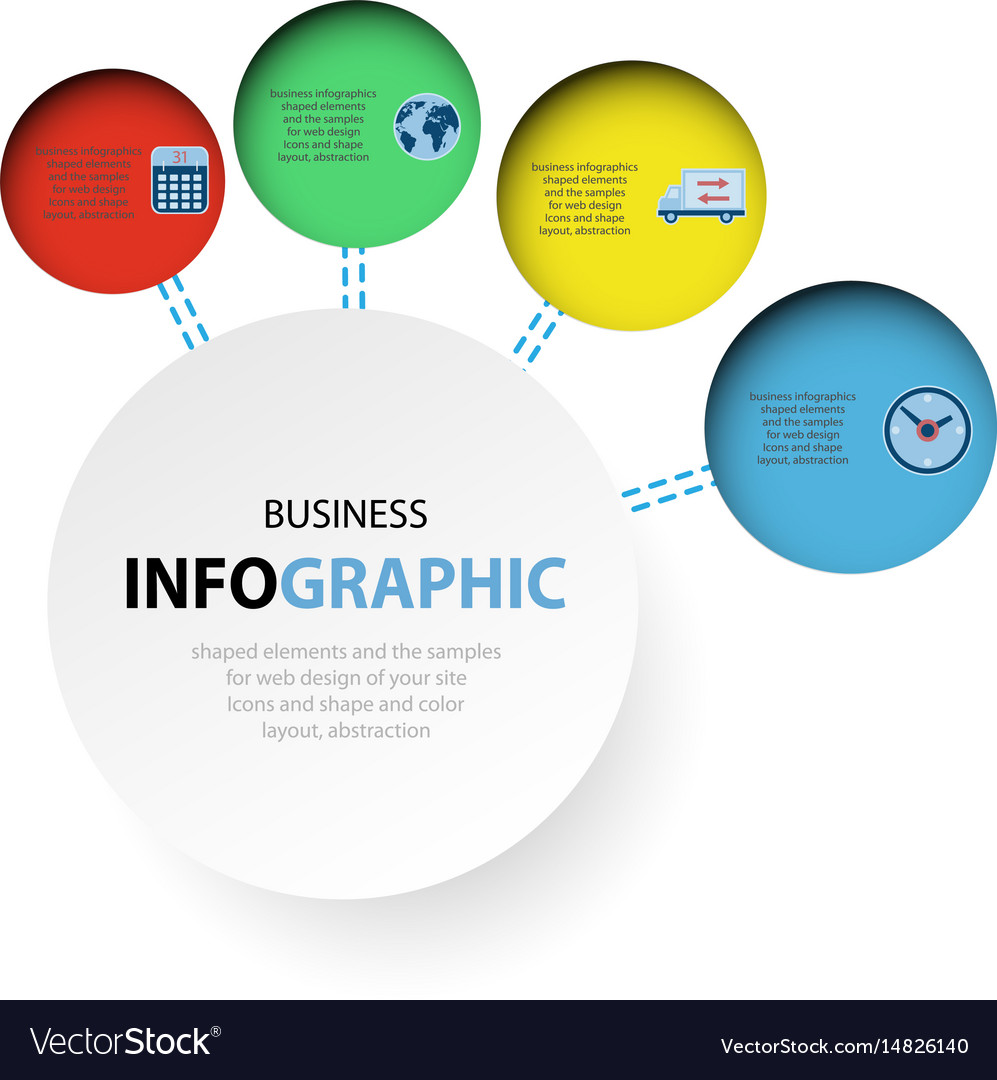Optimizing Web Designs: Improving User Interaction For Improved Conversion Rates
Optimizing Web Designs: Improving User Interaction For Improved Conversion Rates
Blog Article
Personnel Writer-Herrera Abildtrup
Have you ever saw a site that took permanently to lots, had a complicated navigating system, or really did not present properly on your mobile phone? Possibilities are, you rapidly deserted that website and went on to one that provided a much better customer experience.
In today's competitive on the internet landscape, it's essential for businesses to prioritize web design that boosts customer experience in order to drive far better conversions. In this discussion, we will check out the importance of receptive layout, the usage of user-friendly navigation, and the optimization of web page tons rate to create a smooth and engaging user trip.
Remain tuned to discover how these aspects can dramatically impact your web site's success.
Significance of Responsive Layout
Responsive layout is vital in today's digital landscape for developing sites that adapt flawlessly to different screen dimensions and tools. When your internet site is responsive, it automatically readjusts its layout and web content to fit any gadget, whether it's a smartphone, tablet, or home computer. This is vital since a growing number of individuals are accessing the net through their smart phones.
If your web site isn't receptive, it can lead to a poor customer experience. Customers might need to squeeze and zoom to review web content, buttons might be too small to click on, and pictures may not be enhanced for smaller sized screens. This can frustrate users and bring about high bounce prices and reduced conversions.
Utilizing Intuitive Navigating
When making a responsive website, it's important to focus on making use of instinctive navigating for an improved individual experience.
User-friendly navigation refers to organizing your site's menu and navigating elements in a sensible and easy to use method. By doing so, you make it simpler for site visitors to discover what they're looking for and navigate with your internet site effortlessly.
Intuitive navigation helps reduce complication and disappointment, inevitably bring about much better customer involvement and boosted conversions.
To accomplish intuitive navigation, take into consideration using clear and detailed labels for your menu things, carrying out a constant layout across all pages, and incorporating search performance for fast access to particular material. Furthermore, it's important to prioritize essential web pages and details, ensuring they're prominently shown and conveniently available.
Optimizing Page Tons Rate
To enhance customer experience, it's important to optimize the page tons speed of your web site. Slow packing aa compliant website can discourage customers and cause higher bounce prices.
The good news is, there are a number of techniques you can implement to improve your internet site's tons rate. Firstly, consider lessening the dimension of your images by pressing them without endangering top quality.
Furthermore, optimize your code by lowering unneeded manuscripts and CSS documents. Another efficient technique is to take advantage of internet browser caching, which allows particular aspects of your site to be stored locally, reducing load times for returning site visitors.
Additionally, think about using go now (CDN) to disperse your web site's documents throughout several servers, boosting lots rate for customers in different geographical places.
Conclusion
In conclusion, by using responsive design, instinctive navigation, and enhancing web page lots speed, website design can significantly improve individual experience and drive much better conversions.
With a straightforward user interface, easy navigation, and quick filling times, web sites can record and keep the interest of customers, causing boosted interaction and greater conversion rates.
So, don't delay in applying these web design strategies to make sure a seamless and effective individual experience!
